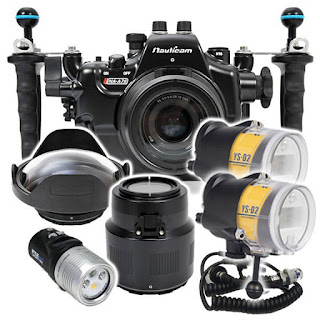Mastering the Art of Underwater Photography: 20 Pieces of Advice to Reconsider

Introduction: Welcome to the mesmerizing world of underwater photography, where every dive unveils a kaleidoscope of colors, textures, and marine life. While seeking advice is essential for honing your skills, it's crucial to recognize that not all recommendations are one-size-fits-all. In this blog, I will explore some common pieces of advice that underwater photography enthusiasts might encounter but should consider re-evaluating. Let's dive in! 1. Shoot in Manual Mode: While manual mode provides control, consider experimenting with semi-automatic modes like aperture or shutter priority. These modes allow for quick adjustments, freeing you to focus on composition and the dynamic underwater environment. It's important to learn what each of the points of the Exposure Triangle (ISO, Aperture, and Shutter Speed) do and when and where they are best used. 2. Vary Your Shutter Speeds: Don't limit yourself to fast shutter speeds. Experiment with slower speeds to capture the...


